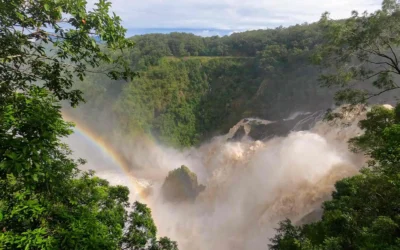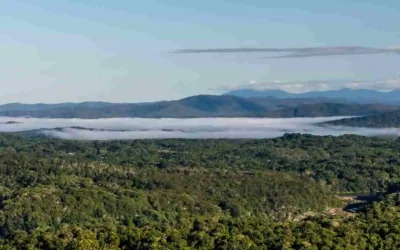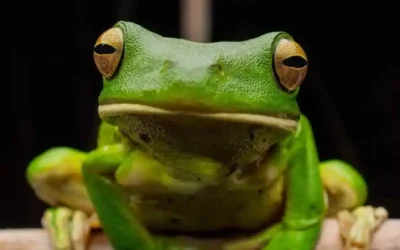Why rainy days are the best for spotting the Rain Whistling Frog.
While sunny days are great for spectacular views over the rainforest, rainy days bring their own, special quality with the added sounds from the Rain Whistling Frog.
On a warm wet day, usually just following rain, the rainforest floor quite literally comes alive! Listen out from tower 6 onwards for a distinctive whistling sound coming from all over the forest floor. It could easily be mistaken for a bird but this sound actually comes from the Austrochaperina pluvialis, one of our 27 frog species endemic to the Wet Tropics.
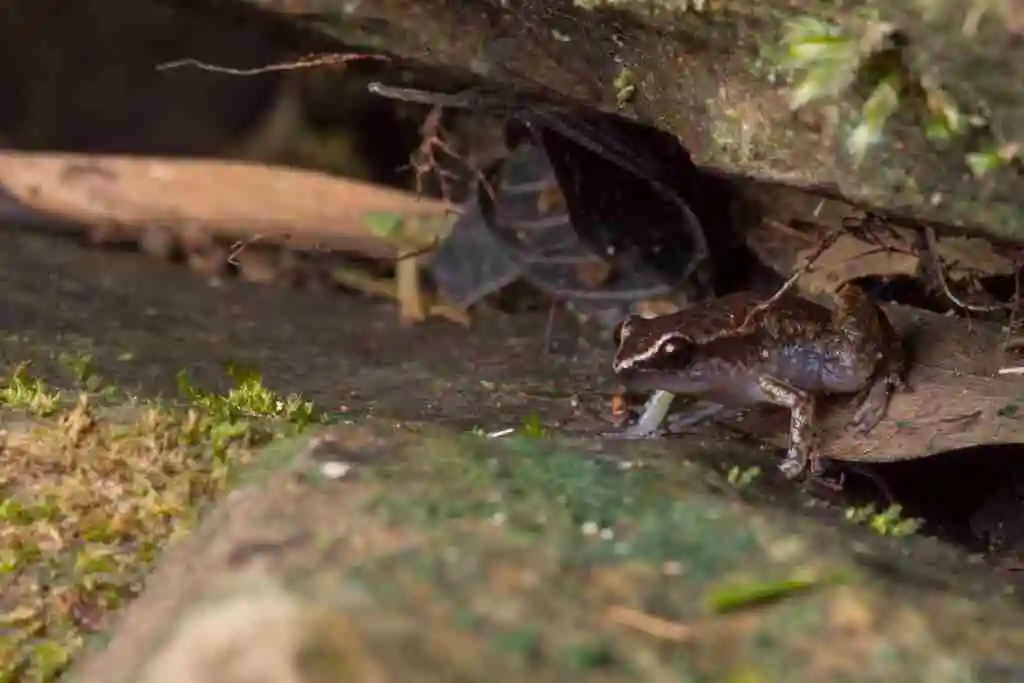
Rain Whistling Frog. Photo by Tim Hackwood.
This little frog is only 2-3cm long, yet the males can easily be heard from a gondola 40m above!
There is also a very interesting reason why these frogs can be heard all throughout the forest, far away from any water source. They are from the family Microhylidae and all 24 species found in Australia completely bypass the tadpole phase of their lifecycle. The ability for a tiny froglet to hatch directly from an egg means they are not dependent on any water source and can breed in crevices in rocks, leaf litter or even up in the trees!
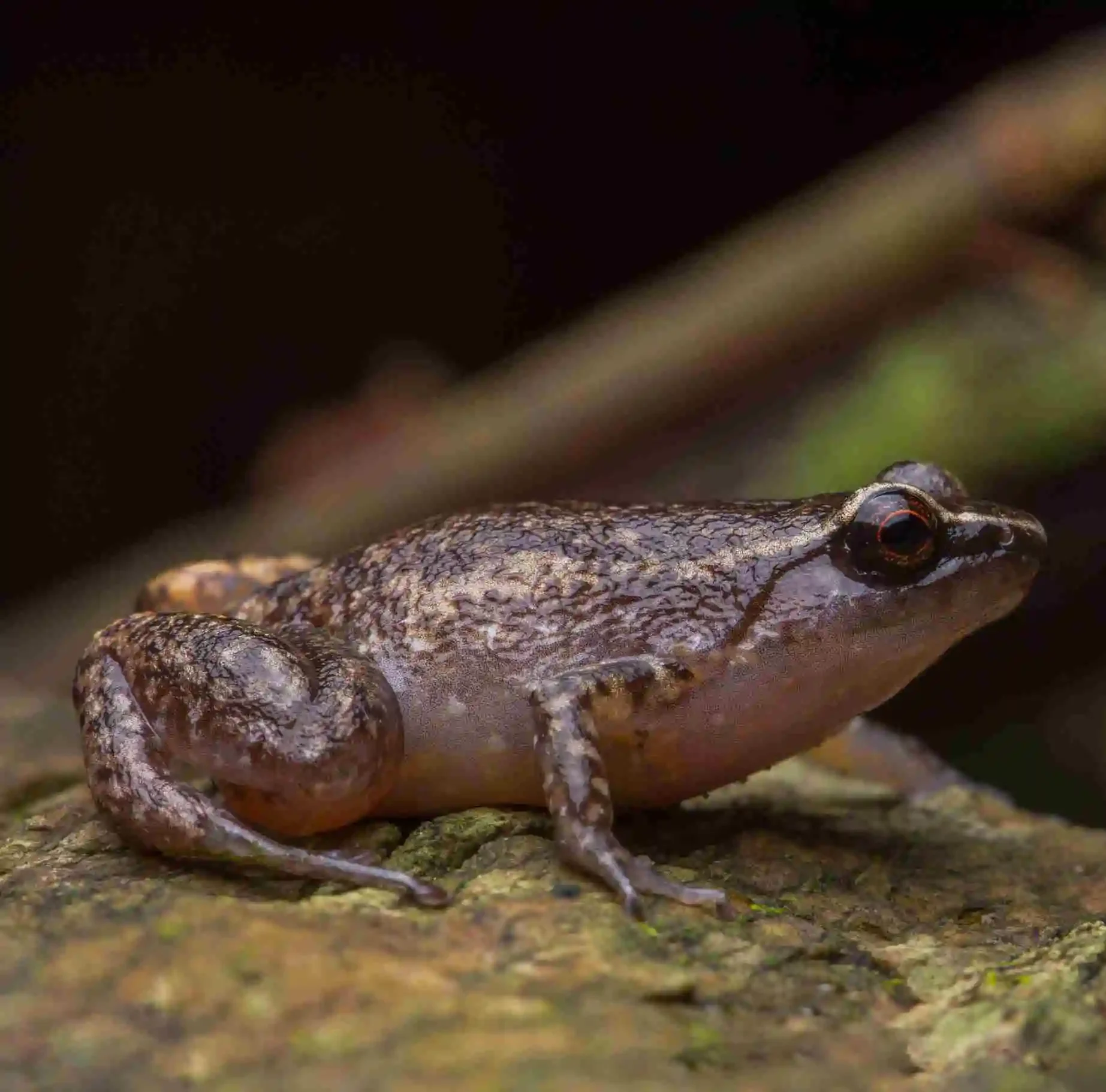
Rain Whistling Frog. Photo by Tim Hackwood.
Australian Tropical rainforest information and Images supplied by Skyrail Environmental Ranger & Wildlife photographer Tim Hackwood.

